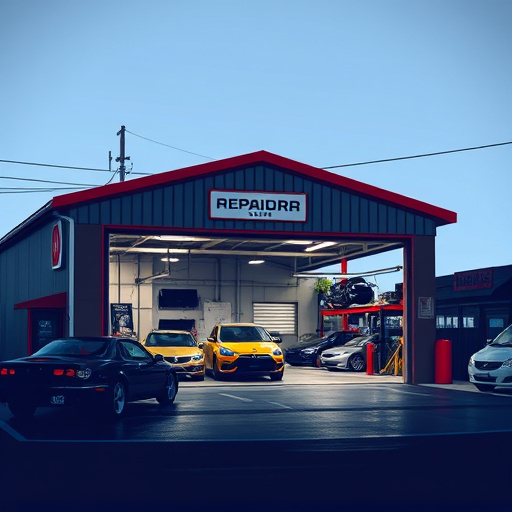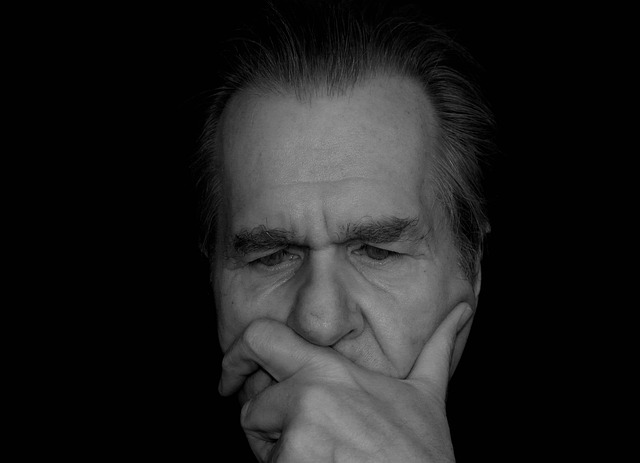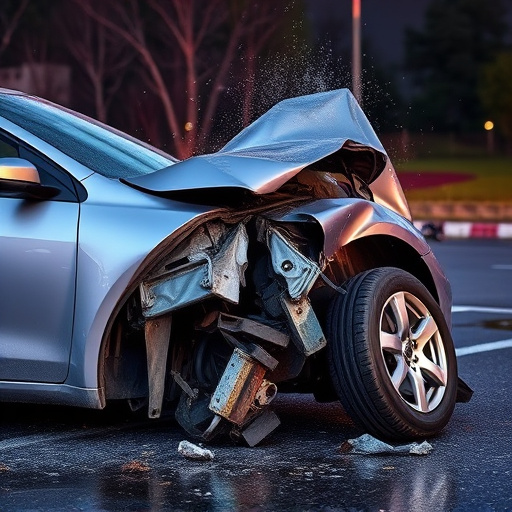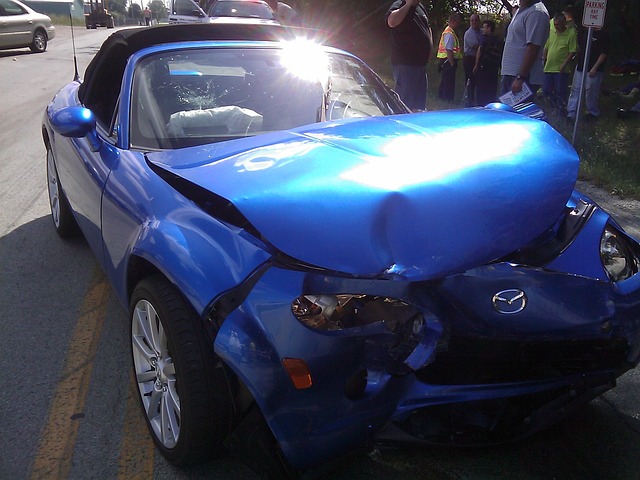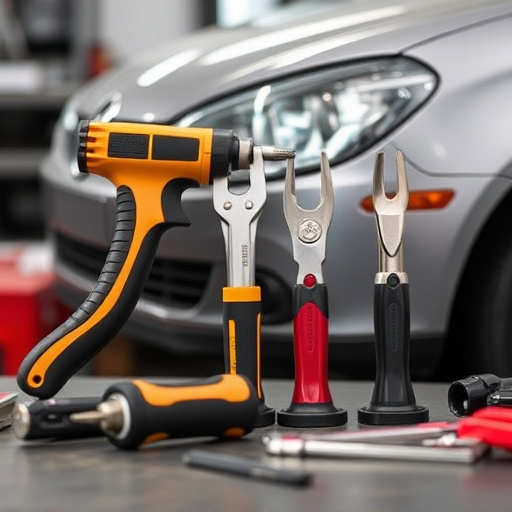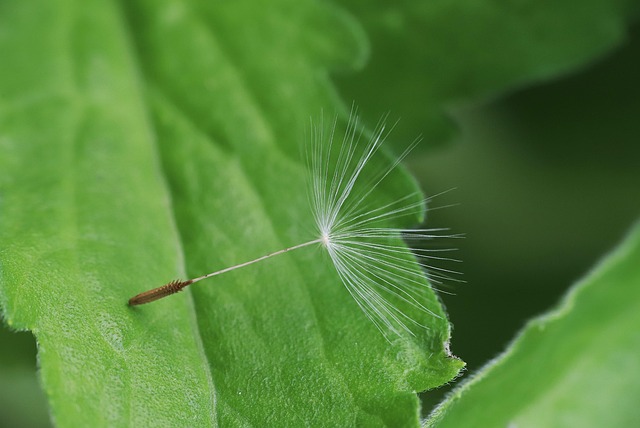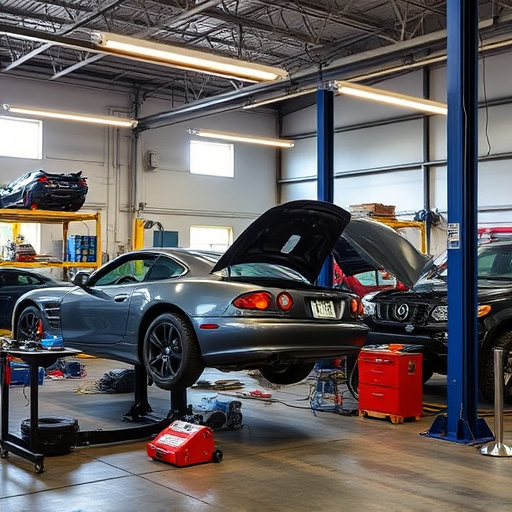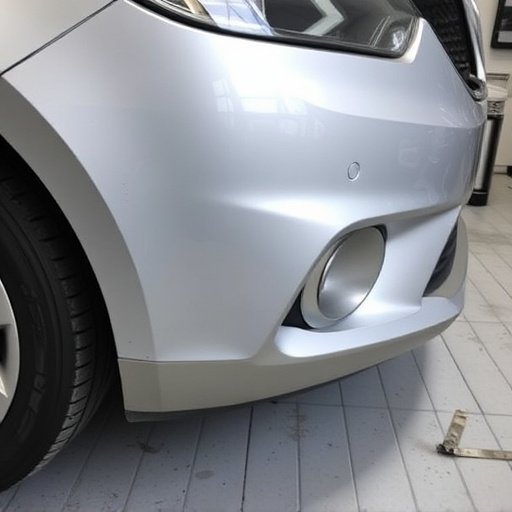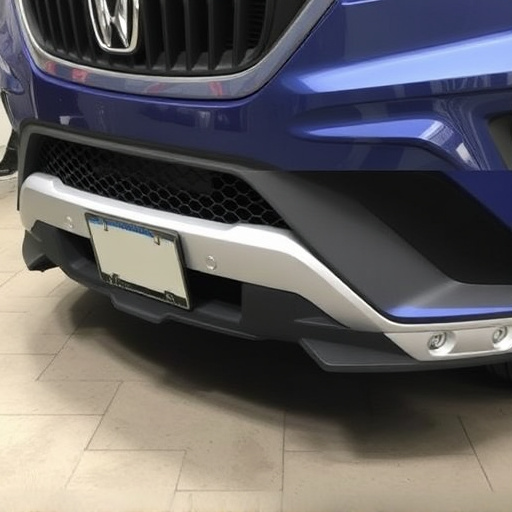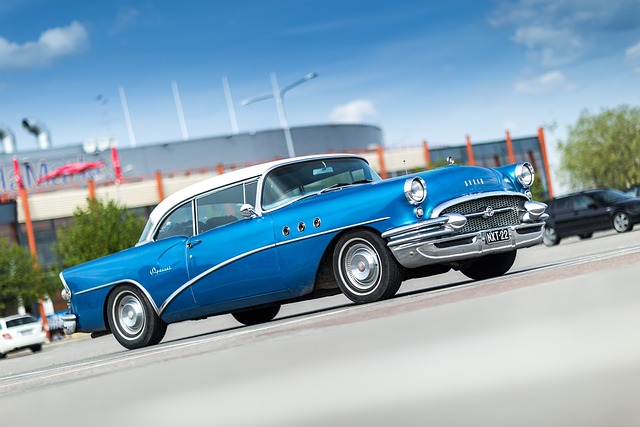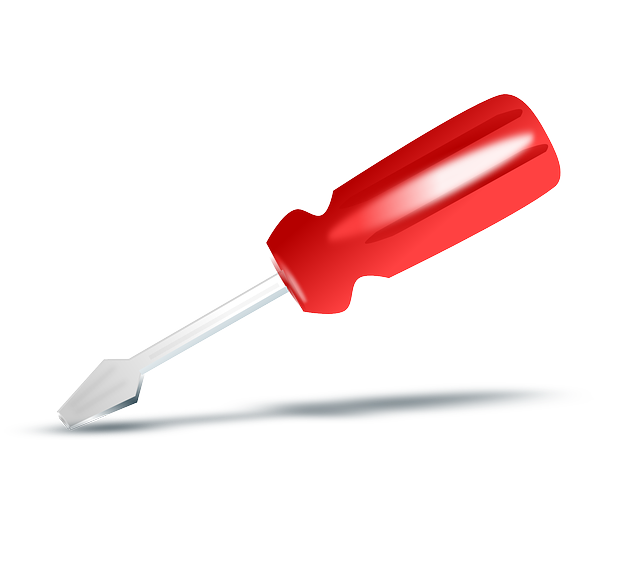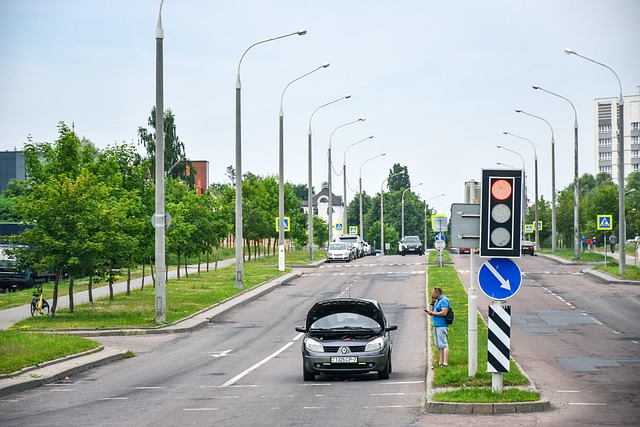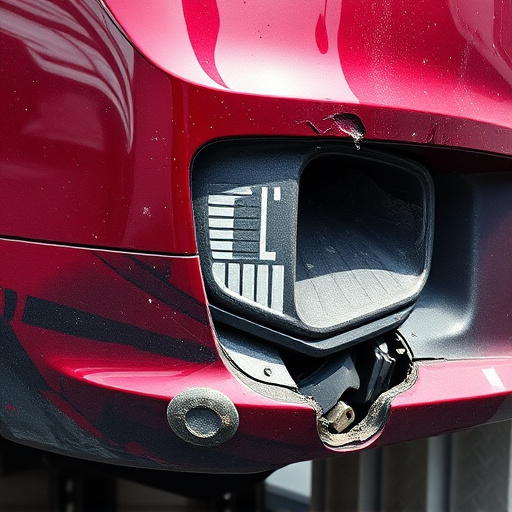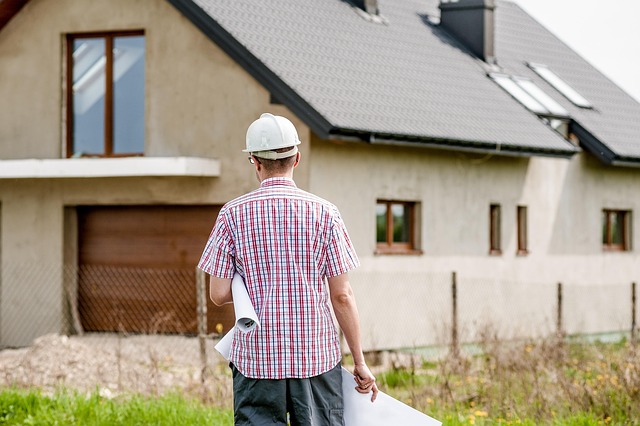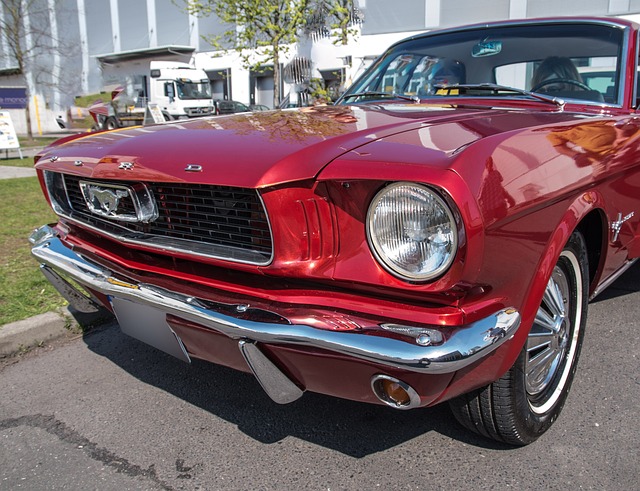Bumper collision repair involves a detailed process from inspection to restoration. It starts with debris removal and tailored repair methods, followed by new part installation and clear coat application for aesthetic appeal. Surface preparation is vital through cleaning, priming, and proper drying, ensuring even clear coat coverage. Final step includes curing the finish per manufacturer guidelines for long-lasting protection.
Bumper collision repair is a meticulous process that involves restoring damaged automotive bumpers to their pre-collision condition. This comprehensive guide delves into the intricate steps, from understanding the repair process to preparing the surface and applying the final clear coat. By adhering to precise techniques, professionals ensure not only structural integrity but also a seamless, factory-like finish. Learn how each stage, including finishing and clear coat application, plays a crucial role in achieving optimal results for your bumper collision repair.
- Understanding Bumper Collision Repair Process
- Preparing the Surface for Finishing and Clear Coat
- Applying and Curing the Final Clear Coat Layer
Understanding Bumper Collision Repair Process
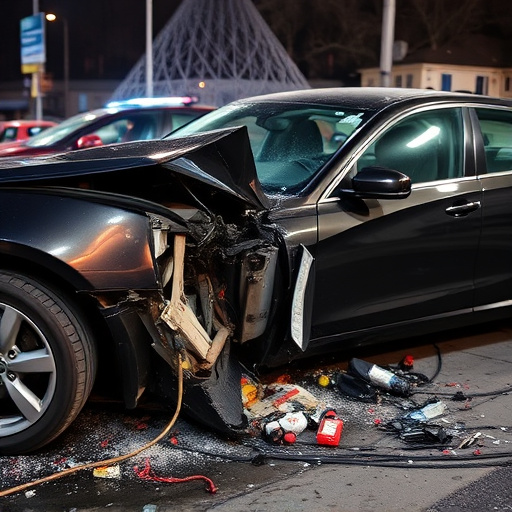
Bumper collision repair is a meticulous process that involves several steps to ensure the damaged bumper is restored to its pre-collision condition. It begins with careful inspection to assess the extent of the damage, which can range from minor dents and scratches to more severe cracks or complete detachment. Once the damage is accurately identified, the affected area is prepped for repair by removing any debris or loose pieces. This preparation phase is crucial in achieving a seamless finish.
The actual repair process varies depending on the type of bumper and extent of the damage. For minor scratches or dents, a skilled technician might use specialized tools to gently press out the dent while ensuring the surrounding panel remains intact. More complex repairs may involve replacing the entire bumper component. After the necessary parts are acquired, the technician will carefully remove the old bumper, install the new one, and secure it using advanced adhesives and fasteners. Once the bumper is firmly in place, a clear coat or paint job is applied to match the vehicle’s original finish, completing the bumper collision repair process and restoring the vehicle’s aesthetic appeal.
Preparing the Surface for Finishing and Clear Coat
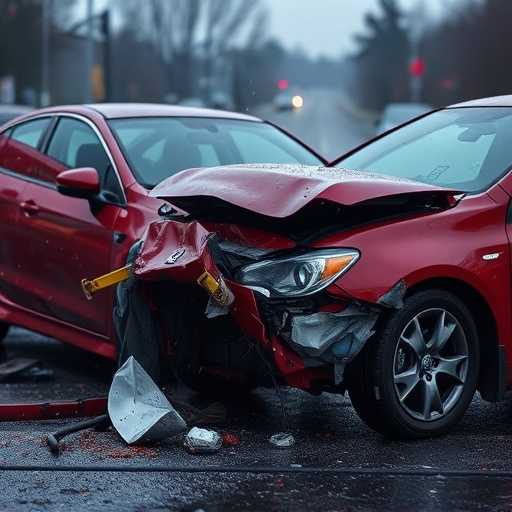
After the bumper has been straightened and all necessary repairs completed, preparing the surface for finishing and clear coat is a crucial step in bumper collision repair. This involves meticulous cleaning to remove any debris, dust, or contaminants that could interfere with the adhesion of the coatings. A degreaser and a clean, soft cloth are typically used to ensure every inch of the bumper is free from oil, grease, or other residues.
The next critical phase is surface priming, which creates a smooth base for the clear coat to adhere to. Primers fill in any minor imperfections, ensuring an even application of the subsequent coats. Once primed, the surface must be thoroughly dried to prevent any moisture interference during the clear coat application process, a key component of automotive repair services designed to protect and enhance the bumper’s appearance, much like auto glass replacement restores visibility.
Applying and Curing the Final Clear Coat Layer
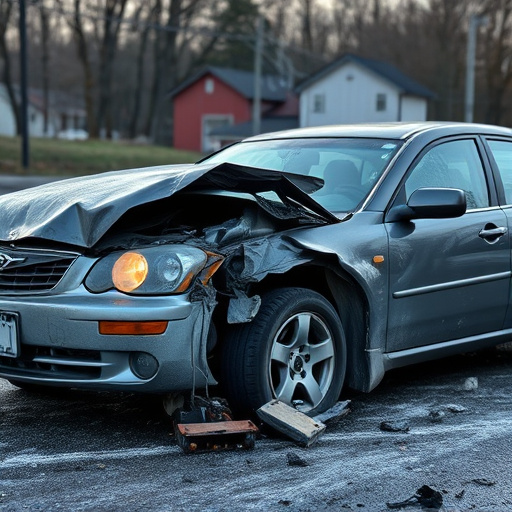
After the bumper has been thoroughly prepared, sanding and priming, it’s time to apply the final clear coat layer. This crucial step involves careful application of the clear coat using professional tools such as spray guns or airbrushes, ensuring even coverage across the entire bumper surface. The chosen clear coat must be of high quality, designed for automotive applications, and compatible with the base coat used earlier.
Curing is a vital aspect of bumper collision repair. Once applied, the clear coat needs to dry and cure properly before subjecting it to further handling or environmental conditions. Most clear coats will require specific time and temperature conditions for optimal curing, as indicated by the manufacturer’s guidelines. This process helps to ensure that the final finish is not only glossy and protective but also durable against future car damage repair and environmental impacts.
Bumper collision repair, involving meticulous finishing and clear coat application, is a crucial process that restores vehicles to their pre-accident condition. By understanding the steps, from preparing the surface to curing the final clear coat, car owners can ensure top-quality repairs that enhance both aesthetics and vehicle value. This comprehensive guide highlights the essential aspects of bumper collision repair, empowering individuals to make informed decisions when navigating the restoration process.
